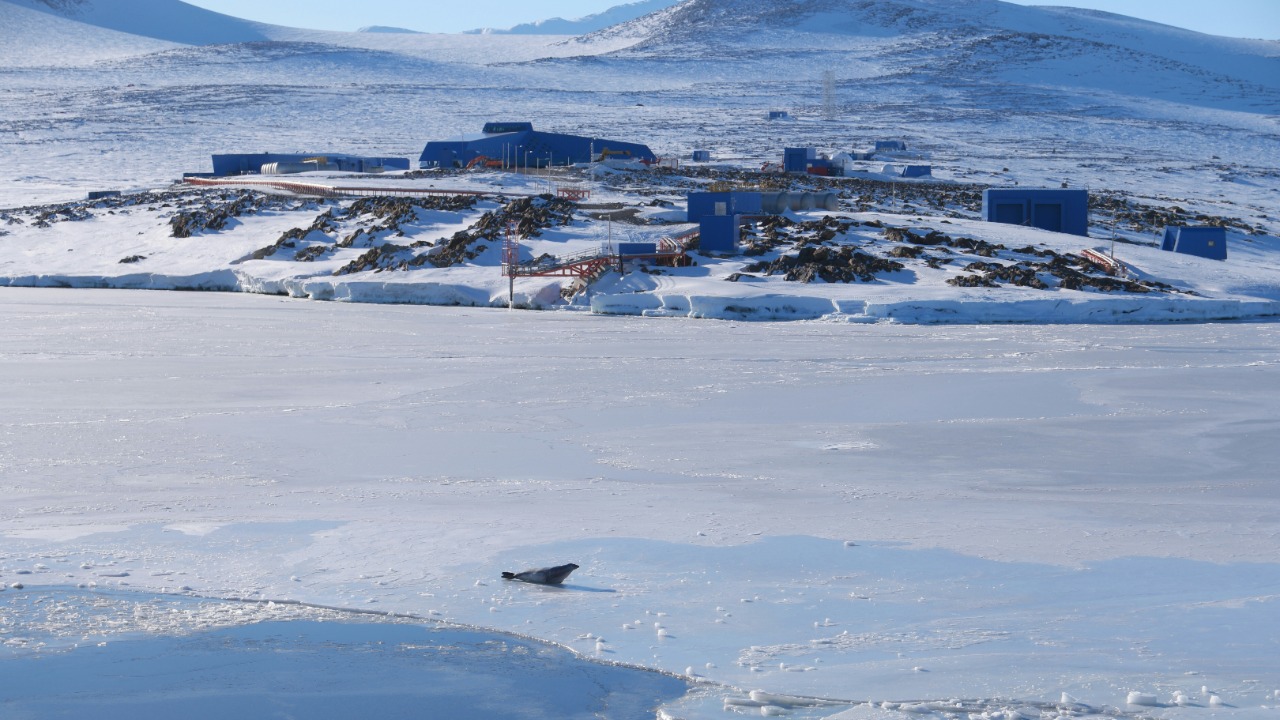
Unearthing a relic from the Cold War era, NASA’s Operation IceBridge has discovered Camp Century, a clandestine US military base buried beneath the ice shelf of Greenland. The base, preserved under nearly 30 meters of ice since its abandonment in 1967, was a nuclear-powered outpost constructed in 1959. The melting ice, which has shifted the overlying snow by over 100 feet, has now exposed the base, revealing a dark secret involving radioactive waste and chemical contaminants left behind, sparking concerns about potential environmental impacts in the Arctic.
Discovery by NASA
During Operation IceBridge, NASA utilized advanced radar technology in flights over Greenland, which led to the detection of the buried base’s outlines. The radar was able to identify the preserved tunnels and buildings under the ice. The site’s location at 77 degrees North latitude was confirmed through satellite imagery and ground-penetrating radar. NASA’s initial scans revealed that the ice cover over the base was 100 feet deep, but due to ice melt, the base’s structures are now closer to the surface.
Historical Construction of Camp Century
The base, officially named Camp Century, was established in 1959 by the US Army Corps of Engineers. It was part of Project Iceworm, a covert operation to test underground missile installations in the Arctic. The base was powered by a nuclear-powered Portable Atomic Reactor Mark II (PM-2A), which generated electricity and heat for the 21-tunnel complex that could house up to 200 personnel. The construction of Camp Century involved cutting 8,000 tons of ice and snow to create the subterranean facilities.
Operations and Purpose During the Cold War
Life at the base involved scientific experiments on polar conditions and radar tracking of Soviet activities. The tunnels extended over 9,800 feet, facilitating these operations. The strategic intent under Project Iceworm was to deploy 600 nuclear missiles in a movable grid beneath the ice, ready for rapid response against potential invasions. However, the project was abandoned in 1967 due to unstable ice shifting the base’s foundations by over 100 feet, as revealed by declassified documents in the 1990s.
The Dark Secrets Unearthed
One of the alarming discoveries was the disposal of over 200,000 liters of chemical waste, including polychlorinated biphenyls (PCBs), and radioactive sewage sludge from the PM-2A reactor, buried without containment. NASA’s detection of elevated radiation levels and contaminants spreading through melting ice poses risks to local ecosystems and indigenous communities. According to recent reports, experts are concerned about the base’s legacy as an environmental hazard now emerging due to climate change.
Environmental and Geopolitical Implications
The accelerating ice melt in Greenland, which is exposing the base faster than anticipated, could release toxins into the Arctic Ocean and food chain. This has sparked international tensions, including Denmark’s oversight of Greenland and calls for US-Danish collaboration on cleanup, as noted in post-discovery analyses. The discovery of Camp Century also offers broader lessons on Cold War relics, with NASA’s data aiding models of ice sheet dynamics and global warming projections.
Future Research and Remediation Efforts
NASA continues to conduct missions using LiDAR and ice-core sampling to map the spread of contaminants from Camp Century. There are proposed remediation plans, including international teams assessing the feasibility of excavating or sealing the site given its 100-foot depth. Glaciologists are contributing to monitoring the base’s exposure timeline, which is projected to occur within decades due to current melt rates.
More from MorningOverview